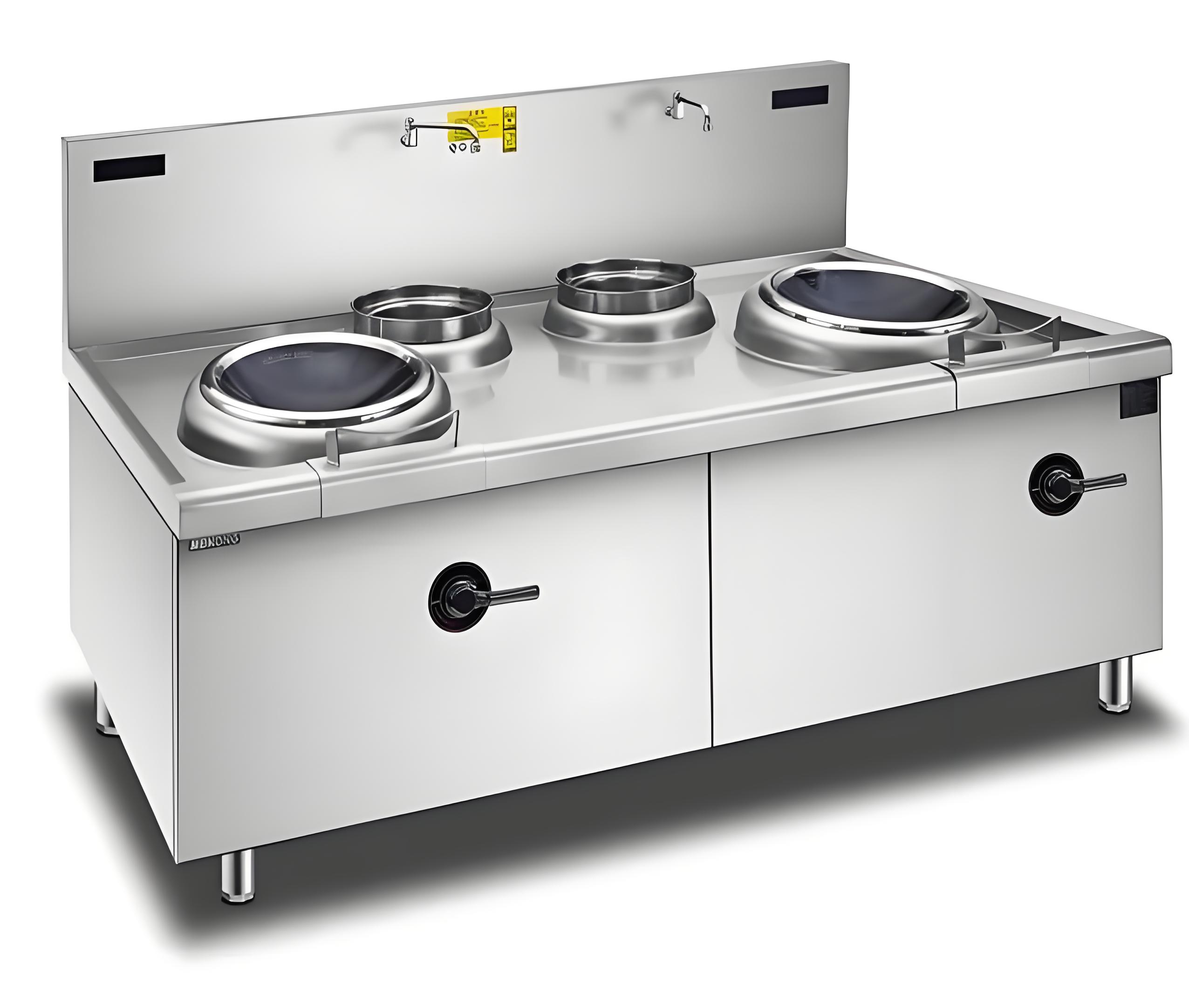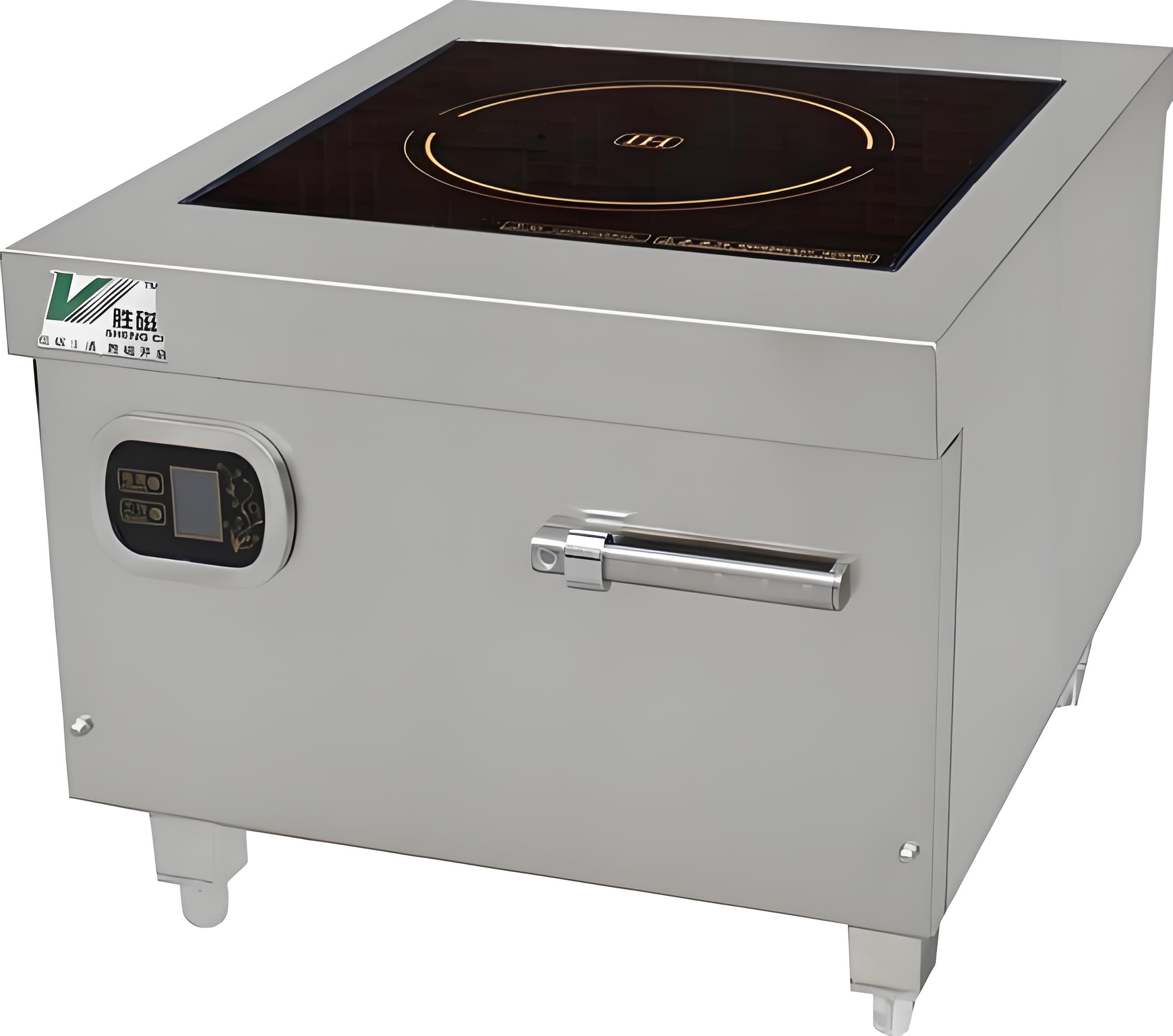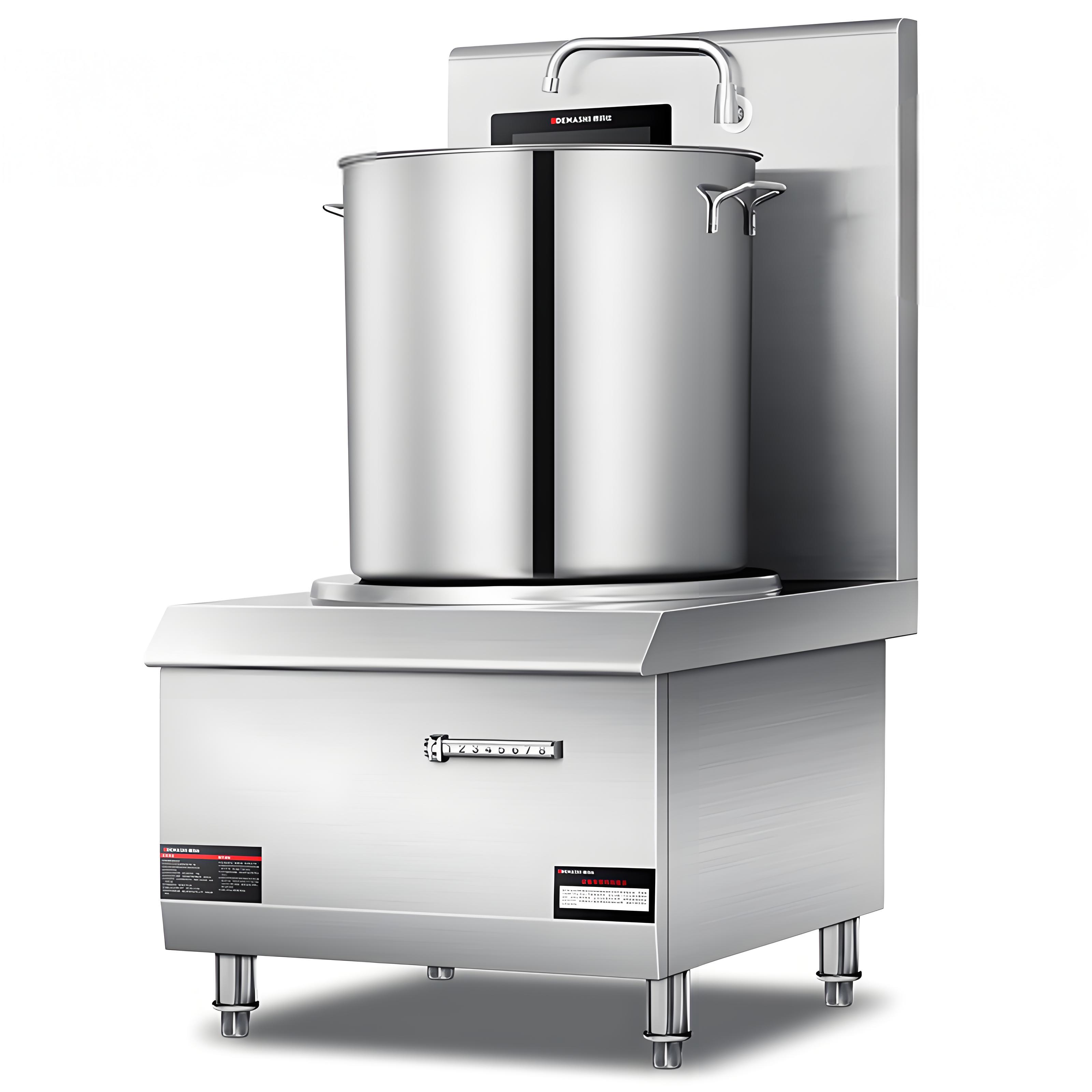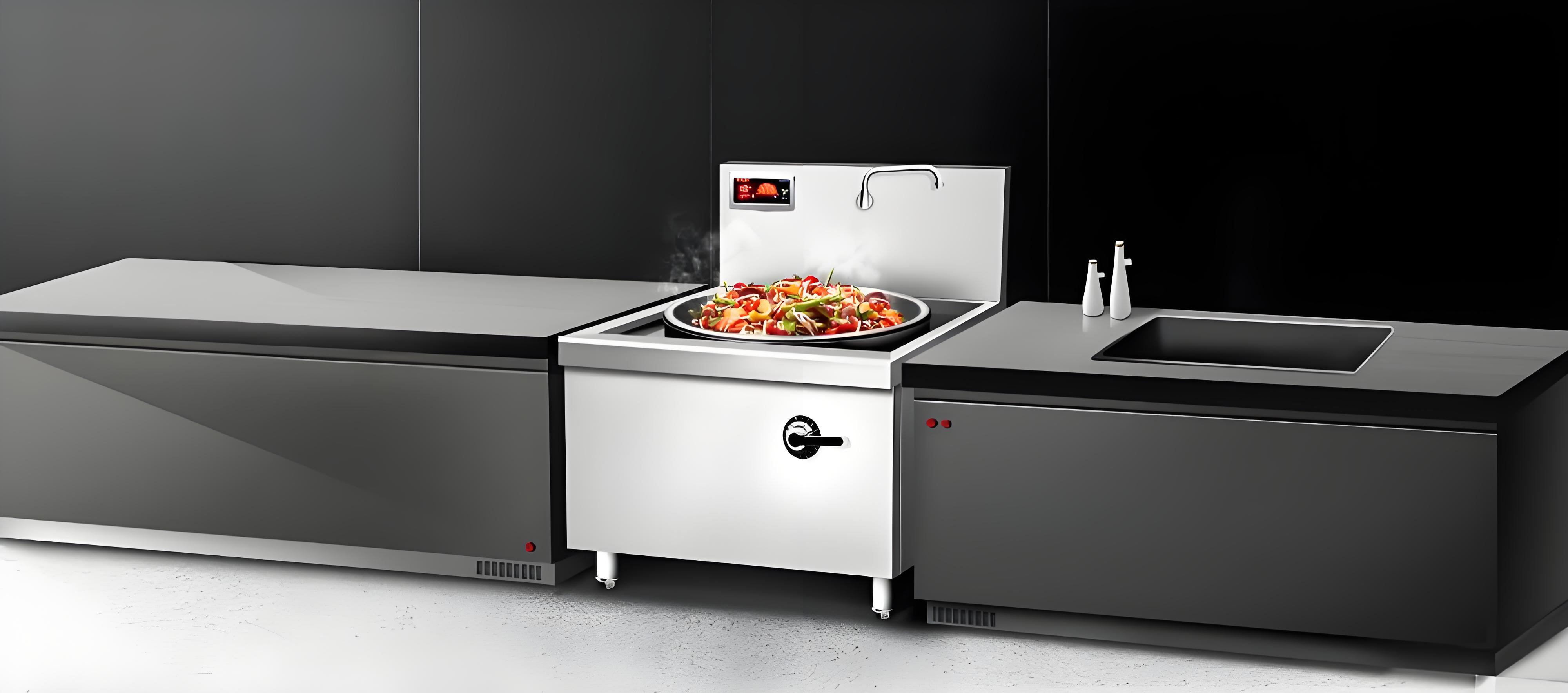As someone who’s spent years working with kitchen appliances, I’ve seen the rise of induction cookers transform how we cook. Their speed, precision, and energy efficiency make them a game-changer, but I often hear from users who feel their induction cooker isn’t heating as effectively as it could. Maybe your pots take too long to boil, or you’re noticing higher electricity bills than expected. How can you boost the heating efficiency of your induction cooker? After installing and troubleshooting countless units, I’ve gathered practical tips that can make a real difference. Let’s explore how to get the most out of your induction cooker while keeping things safe and cost-effective.

Why Induction Cooker Efficiency Matters
Induction cookers are already more efficient than gas or traditional electric stoves, converting up to 90% of energy into heat compared to 40–70% for other methods. But efficiency isn’t just about the appliance’s design—it’s also about how you use it. Small tweaks in cookware, settings, and habits can significantly improve performance, saving time and energy. Over the years, I’ve helped homeowners and chefs optimize their setups, and I’m excited to share those insights with you.
Efficiency matters not only for faster cooking but also for reducing electricity costs and wear on the appliance. Whether you’re a busy parent or a restaurant owner, getting the most out of your induction cooker is worth the effort.
Understanding Induction Cooking
Before diving into the tips, let’s quickly recap how induction cookers work. They use electromagnetic fields to heat cookware directly, bypassing the cooktop surface. This makes them faster and more efficient than traditional stoves, but it also means the system relies heavily on the cookware and how it interacts with the magnetic field. If the setup isn’t optimized, you’re wasting energy—and nobody wants that.
Key Factors Affecting Induction Cooker Efficiency
Here are the strategies I’ve found most effective for boosting heating efficiency, based on my experience and feedback from users:
1. Choose the Right Cookware
The single biggest factor in induction efficiency is your cookware. Since induction relies on magnetism, only ferromagnetic materials like cast iron or certain stainless steels work. Aluminum, copper, or glass won’t cut it—they simply won’t heat up.
Here’s what to look for:
Material: Check if a magnet sticks to the base of your pot or pan. If it does, it’s induction-compatible.
Flat Base: A flat, smooth base ensures maximum contact with the cooktop, improving heat transfer. Warped or uneven pans reduce efficiency.
Size Match: The cookware’s diameter should match the burner’s size. If the pan is too small, the magnetic field won’t fully engage, wasting energy. For example, a 6-inch pan on a 10-inch burner can lose up to 20% efficiency.
I once helped a client who was frustrated with slow boiling times. Turns out, they were using a small pan on a large burner. Switching to a properly sized cast-iron pot cut their boiling time in half.

2. Optimize Cookware Thickness and Quality
Thicker cookware retains and distributes heat better, reducing energy loss. Look for pots with a multi-layer base (often called “clad” cookware), which combines a magnetic layer for induction with materials like aluminum for even heating. Thin, low-quality pans heat unevenly and can cause the cooker to cycle on and off, wasting energy.
Here’s a quick guide to choosing efficient cookware:
| Cookware Type | Material | Efficiency | Best Use |
|---|---|---|---|
| Cast Iron | Iron | High | Slow cooking, searing |
| Stainless Steel | Steel/Aluminum | High | General cooking |
| Carbon Steel | Steel | Moderate | Frying, stir-frying |
| Thin Non-Clad | Steel | Low | Avoid for induction |
Investing in quality cookware isn’t cheap, but it pays off in performance and durability. I’ve seen professional kitchens thrive with heavy-duty clad pans, and home cooks can benefit from the same principle.
3. Use the Correct Power Settings
Induction cookers offer precise control, but many users crank the power to max and leave it there. This isn’t always efficient. For example, boiling water doesn’t need full power once it’s rolling—just enough to maintain the boil. Adjust the power level to match the task:
High (80–100%): Boiling water, searing meat.
Medium (50–70%): Simmering, sautéing.
Low (20–40%): Slow cooking, warming.
Some modern cookers have boost modes for extra power, but use these sparingly—they consume significantly more energy. In my experience, teaching clients to dial down the power after reaching the desired temperature saves energy without sacrificing results.
4. Preheat Smartly
Preheating is often overlooked but can make a big difference. Unlike gas stoves, induction cookers heat cookware almost instantly, so you don’t need to preheat for long. Start with a medium setting to warm the pan, then increase as needed. Preheating an empty pan on high can overheat it, causing food to burn and wasting energy.
For example, when searing a steak, I preheat my cast-iron skillet on medium for 1–2 minutes, then bump it to high just before adding the meat. This approach ensures even heating without excessive energy use.

5. Cover Pots and Pans
Using a lid traps heat and steam, speeding up cooking and reducing energy loss. For boiling water or steaming vegetables, a lid can cut cooking time by 20–30%. I’ve tested this in my own kitchen: boiling 1 liter of water with a lid takes about 3 minutes on a 2000W burner, compared to 4–5 minutes without one.
6. Maintain Clean Contact Surfaces
A dirty cooktop or pan base can reduce efficiency. Food residue, grease, or scratches on the glass surface can disrupt the magnetic field. Clean the cooktop regularly with a soft cloth and a non-abrasive cleaner, and ensure pan bottoms are free of debris. I’ve seen efficiency improve noticeably after clients started cleaning their cooktops properly.
7. Use Residual Heat
Induction cookers cool down quickly once turned off, but the cookware retains heat for a while. Turn off the burner a few minutes early for dishes like rice or pasta, letting residual heat finish the job. This trick has saved me countless kilowatt-hours over the years, especially for slow-simmering dishes.
8. Optimize Cooking Techniques
How you cook matters as much as the equipment. Here are some techniques I’ve picked up:
Batch Cooking: Cook multiple dishes in one session to avoid repeatedly heating the same pan.
Smaller Portions: Don’t overfill pots with water or food—use just what you need to minimize energy waste.
Stir Frequently: For stir-fries or sauces, stirring ensures even heating, reducing the need for high power settings.

9. Check Your Electrical Setup
An inefficient electrical setup can undermine your cooker’s performance. High-power induction cookers (above 2000W) require a dedicated 220–240V circuit with proper wiring (e.g., 10–8 AWG for 30–40A circuits). If the voltage is too low or the circuit is shared, the cooker may underperform. I once troubleshooted a client’s slow cooker, only to find it was plugged into a shared 15A circuit. Upgrading to a dedicated 30A line fixed the issue instantly.
10. Regular Maintenance and Calibration
Induction cookers are low-maintenance, but they’re not immune to wear. Check for error codes or unusual noises, which could indicate internal issues affecting efficiency. Some high-end models have calibration settings to optimize the magnetic field—consult the manual or a technician. I’ve worked with manufacturers who recommend annual checkups for commercial units to ensure peak performance.
Energy Efficiency and Cost Savings
Improving efficiency isn’t just about speed—it’s also about saving money. A 2000W induction cooker running for an hour at $0.15 per kWh costs $0.30. By optimizing cookware, settings, and habits, you can reduce usage by 10–20%, saving $5–10 monthly for frequent cooks.
Here’s a breakdown of potential savings:
| Optimization Method | Time Saved | Energy Saved | Monthly Cost Saving ($0.15/kWh) |
|---|---|---|---|
| Proper Cookware Size | 10–15% | 200–300W | $1–2 |
| Using Lids | 20–30% | 400–600W | $2–3 |
| Smart Preheating | 5–10% | 100–200W | $0.50–1 |
| Residual Heat | 5–10% | 100–200W | $0.50–1 |
These numbers add up, especially for heavy users or commercial kitchens.
Practical Tips for Everyday Use
Here’s a checklist I share with clients to keep their induction cookers running efficiently:
Invest in Quality Cookware: Spend a bit more on clad or cast-iron pans for better heat distribution.
Match Pan to Burner: Always use a pan that fits the burner’s diameter.
Clean Regularly: Wipe down the cooktop and pan bases after every use.
Experiment with Settings: Don’t default to max power—find the sweet spot for each dish.
Monitor Performance: If heating seems slow, check cookware compatibility or call an electrician to inspect the circuit.

Common Mistakes to Avoid
I’ve seen users make these errors, which hurt efficiency:
Using Non-Induction Cookware: Always test with a magnet before buying.
Overheating Empty Pans: This wastes energy and can damage cookware.
Ignoring Error Codes: Modern cookers display codes for issues like improper cookware or voltage problems—don’t ignore them.
Sharing Circuits: Plugging other appliances into the same circuit can cause power dips.
One memorable case involved a friend who couldn’t figure out why her soups took forever to simmer. She was using an aluminum pot, which didn’t work at all on her induction cooktop. A quick switch to a stainless steel pot solved everything.
Conclusion
Getting the most out of your induction cooker doesn’t require a complete kitchen overhaul—just a few smart choices and habits. From picking the right cookware to fine-tuning power settings, these tweaks can make your cooking faster, cheaper, and more enjoyable. My years in the industry have shown me that small changes, like using a lid or matching pan sizes, can have a big impact. Take the time to optimize your setup, and your induction cooker will reward you with top-notch performance. If you’re still struggling, don’t hesitate to consult your manual or a professional for tailored advice.

Related Questions and Answers
Q: Can any pot or pan be used on an induction cooker?
A: No, only ferromagnetic cookware (like cast iron or certain stainless steels) works. Test by seeing if a magnet sticks to the base. Non-compatible materials like aluminum or glass won’t heat up.
Q: Why does my induction cooker take longer to boil water than expected?
A: This could be due to mismatched cookware size, non-induction-compatible pans, or an inadequate electrical circuit. Ensure the pan matches the burner size and your circuit is dedicated (220–240V, 30–40A for high-power models).
Q: Does using a lid really make a big difference?
A: Yes, a lid can reduce cooking time by 20–30% by trapping heat and steam, especially for boiling or steaming tasks.
Q: How do I know if my cookware is reducing efficiency?
A: If heating is slow or uneven, check if the pan is magnetic, flat-bottomed, and sized to match the burner. Thin or warped pans often cause efficiency losses.
Q: Can I improve efficiency without buying new cookware?
A: Yes, try using lids, adjusting power settings, and ensuring clean contact surfaces. However, investing in quality induction-compatible cookware will yield the best results.




